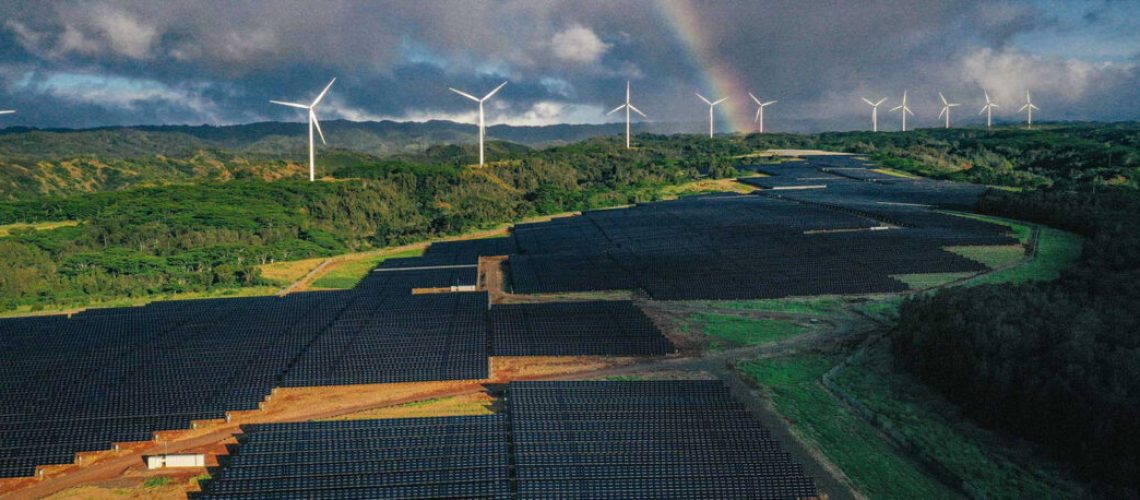A report from two senior U.S. National Renewable Energy Laboratory shows the march toward an increasingly carbon-free global electricity sector.
In a global effort to establish resource stability and reduce climate change-causing carbon emissions, the electricity industry is increasingly adopting emissions-free generation sources. A report published in the Journal of Photovoltaics showed that emissions-free electricity generation represents about 38% of the global mix as of the end of 2022.
The 38% mix is represented by solar, wind, hydroelectric, nuclear, and other non-emitting sources.
The report was authored by two senior researchers from the National Renewable Energy Laboratory (NREL). Fossil fuel still provides the majority of the world’s total electricity generation each year, but that number is shrinking.
Despite supply chain and trade issues around the globe, solar energy represented the largest contribution to new electric generation capacity for the second year in a row in 2022. Non-fossil sources represented 85% of new capacity additions worldwide, and solar accounted for about two-thirds of that total. Solar alone contributed 56% of global capacity additions.
Solar is growing rapidly. In 2022 alone, 25% of the world’s cumulative global solar capacity was installed. The technology moved from 3.6% of the total electricity generation mix to about 4.5% in 2022, and it shows no signs of slowing down.
“In 2050, solar PV will be in unassailable position as the cheapest source of new electricity globally,” said DNV, a global risk assurance firm.

DNV expects the world energy mix to be 70% reliant on variable renewable sources like solar and wind power by 2050. Fossil fuels will represent just over 10% of the energy mix by that time.
Along this path, solar capacity increases 22-fold in DNV’s energy transition vision. The firm said it views variable renewables as the cheapest and quickest route to both decarbonization and energy security.
“It’s impressive to see how solar is dominating the current sales,” said Sarah Kurtz, a fellow with NREL’s National Center for Photovoltaics and a professor at the University of California, Merced. “We’re interested to see how much fossil generation expansion there is in the 2023 data for next year’s recap article. It could be that carbon-free energy sources will be consistently supplying almost all of our new generation capacity very soon.”



